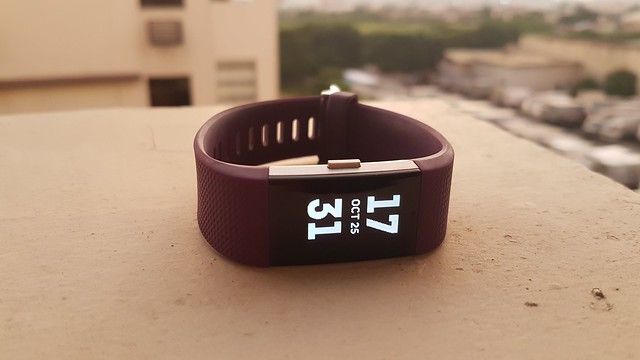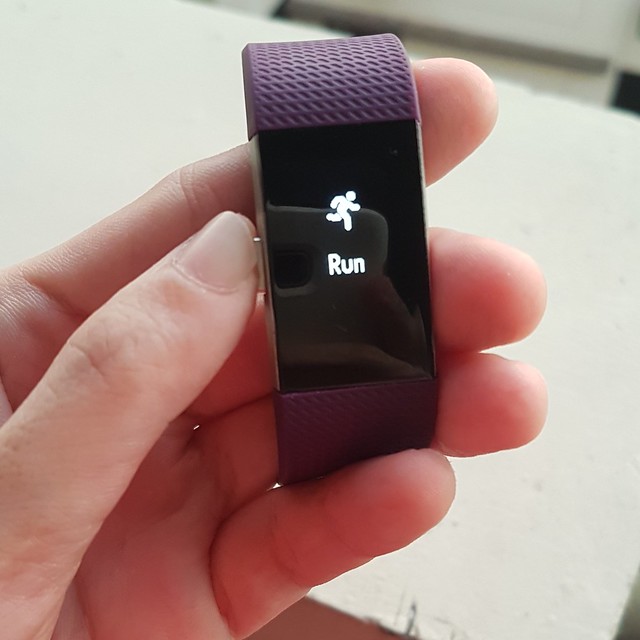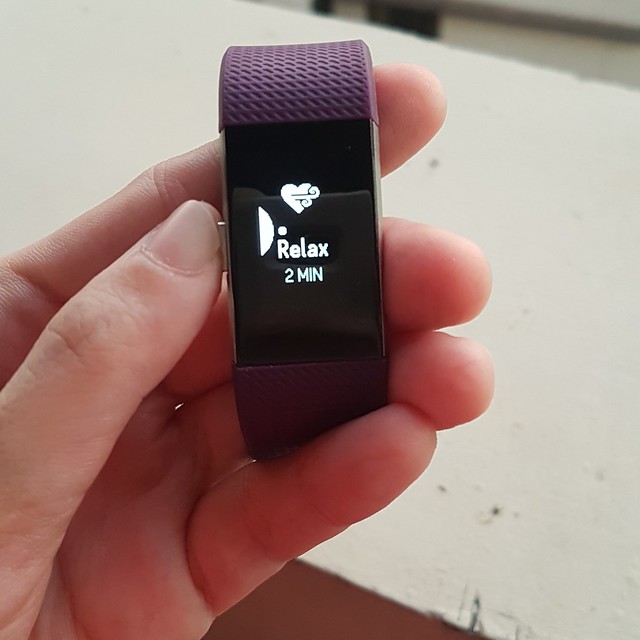Ever since I received the Fitbit Charge HR early this year, life hasn’t been the same. I’ve been able to:
- determine how much I actually move around and sit still throughout an entire day (on rest days I’m a sloth!)
- accumulate enough daily steps to have walked the entire length of Italy (that’s 1,184 kilometers since I started using a Fitbit)
- see that I’m not recovering fast enough from a lengthy illness (which led me to decrease end-of-season racing plans)
My Fitbit has enabled me to “quantify my life” and you know what the numbers nerds say: what can be measured can be controlled.
Fitbit has begun wider distribution here in the Philippines, and they’re also launching the Charge 2, an update on the Charge HR. I received my Charge 2 the week after coming home from Vietnam and have been putting it through its paces. (Meanwhile, my old Charge HR unit is now in my sister’s hands and she is now my daily competition when it comes to number of steps. Spoiler alert: I frequently lose to her!)
The larger screen is the biggest aesthetic change; while the Charge HR had a display the length of a finger-width, the Charge 2 display is about 1.5 inches tall and can display more information at a glance when you cycle through the different screens using a simple tap from a finger, or pressing the side button.
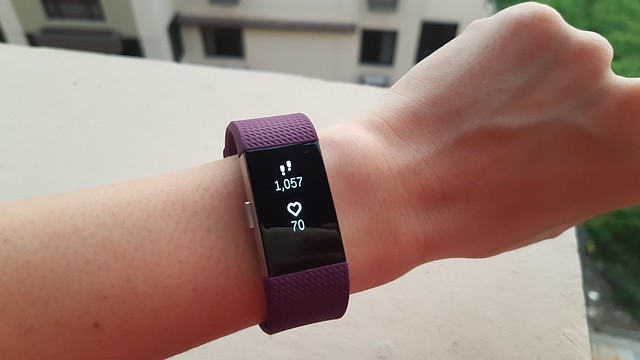
number of steps and current heart rate
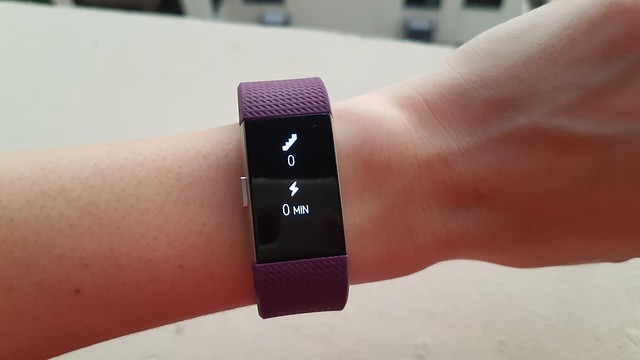
floors climbed and active minutes logged
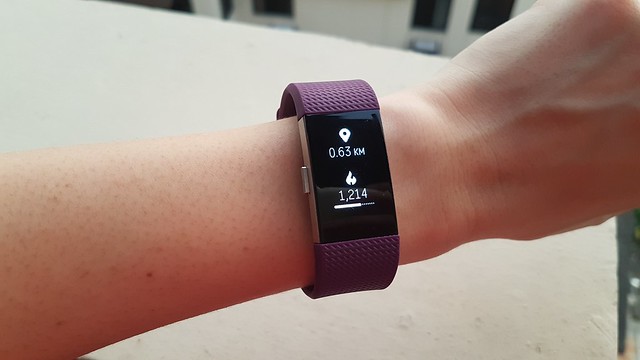
total distance traveled today and total calories burned
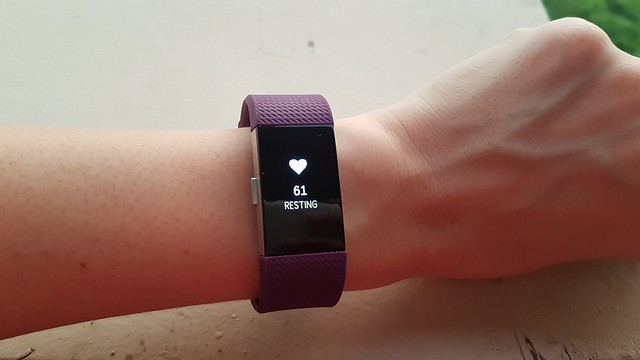
current heart rate/resting heart rate
All of this data also syncs to the Fitbit servers when you connect the tracker to your smartphone via Bluetooth. The Fitbit app displays all the information on your phone and you can also view everything on desktop browser.
The social challenges are held via the app: you connect with your Facebook friends with Fitbits and then challenge them to stuff like a Workweek Hustle, which logs your five-day total steps onto a leaderboard or a Weekend Warrior which does the same thing but totals only Saturday and Sunday steps. There are myriad other ways to spur a little friendly competition and motivate one another to be just a little more active.
As I said, I’m in competition with my sister alongside blogger buddies Jayvee and Ade. Even with consistent daily exercise I find I’m not moving as much as these people. Then again, I work from home so I don’t rack up too many steps outside of run sessions. The Fitbit does remind me to complete about 250 steps per hour between 9am to 6pm so I don’t get too sedentary sitting in front of my computer at my job.
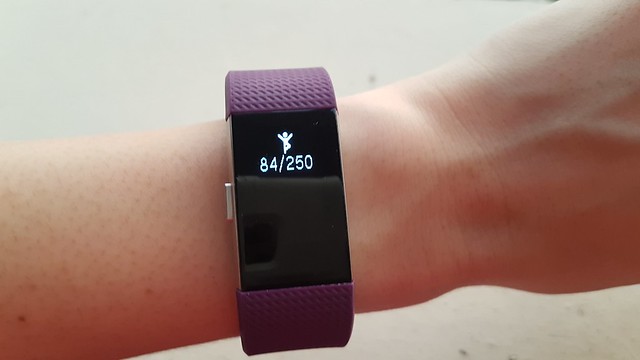
number of steps of a 250-step hourly target
With the old Charge HR I could track an exercise session, but I could only label it as a certain kind of exercise after it was completed and uploaded onto the app. The Charge 2 comes with an improved exercise mode that allows me to choose which exercise I’m tracking, from treadmill and outdoor runs to interval workouts and bike rides. During this tracking mode you can tap the screen to access real-time stats like distance traveled, number of steps taken, and calories burned during the session alongside heart rate.
You can now use your Fitbit along with your phone GPS to log your run’s GPS track inside the Fitbit app, which will give you more accurate pace and distance. Data from this allows your Fitbit app to compute an estimate of VO2Max and gives you a fitness number as well as tips to improve it.
It’s the wrist heart rate monitor that I still find most valuable, especially now that I’m supposed to exercise within a limited heart rate range. For sessions I can’t be bothered to put on a chest strap, I appreciate still being able to see heart rate so I can stick to my plan.
Ever since my bout of UTI, I’ve been more mindful of drinking enough water; the Fitbit app allows me to log water as well as food intake. Pretty much, I have been leaning on the Fitbit to help me keep track of what I need to so I can get and stay healthy.
One new fun thing on the Charge 2 is the Relax app. With 2- and 5-minute options, it estimates your breathing pattern from variations in your heart rate, then cues you to breathe a little deeper and slower by following the rhythm of an expanding and contracting circle. Although the results from this aren’t logged in the app, having this function around on your wrist gives you the option for some guided breathing. I certainly feel more relaxed afterwards.
If you already have the Charge HR, there’s not much incentive to upgrade to the Charge 2 — except if you’re bummed about having only one look to your wrist accessory. The Charge 2 has removable straps so you can swap out with replacement straps that come in other colors and materials (the metal finish strap makes it look more formal, so now it won’t look out of place with your suit and tie or cocktail dress!).
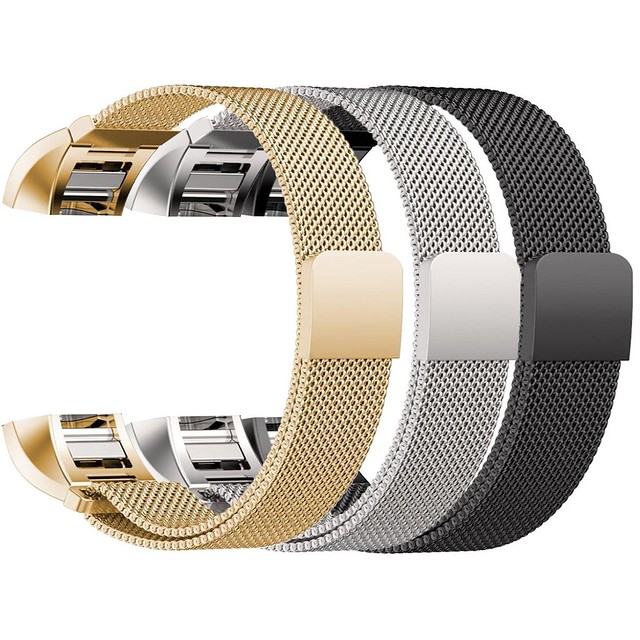
stainless steel replacement straps for the Fitbit Charge 2
Fitbit can also sync your workout data to Strava; if you’ve already got years of training sessions on that platform, using the Fitbit integrates seamlessly with that ecosystem.
What keeps me from migrating my entire workout tracking to Fitbit is the lack of internal GPS and waterproofing. But it comes pretty close. If you’re more a land-based athlete, don’t yet have a wearable, love a little friendly competition, and always take your phone on runs, the Fitbit Charge 2 is hard to beat as a primary fitness and workout tracker.
The Fitbit Charge 2 is scheduled to ship by end of October at an SRP of P7,699. Click here for a list of retailers in the Philippines. For updates, follow Fitbit Philippines on Facebook and @fitbitph on Instagram. Fitbit products are also available on Lazada and Zalora.

